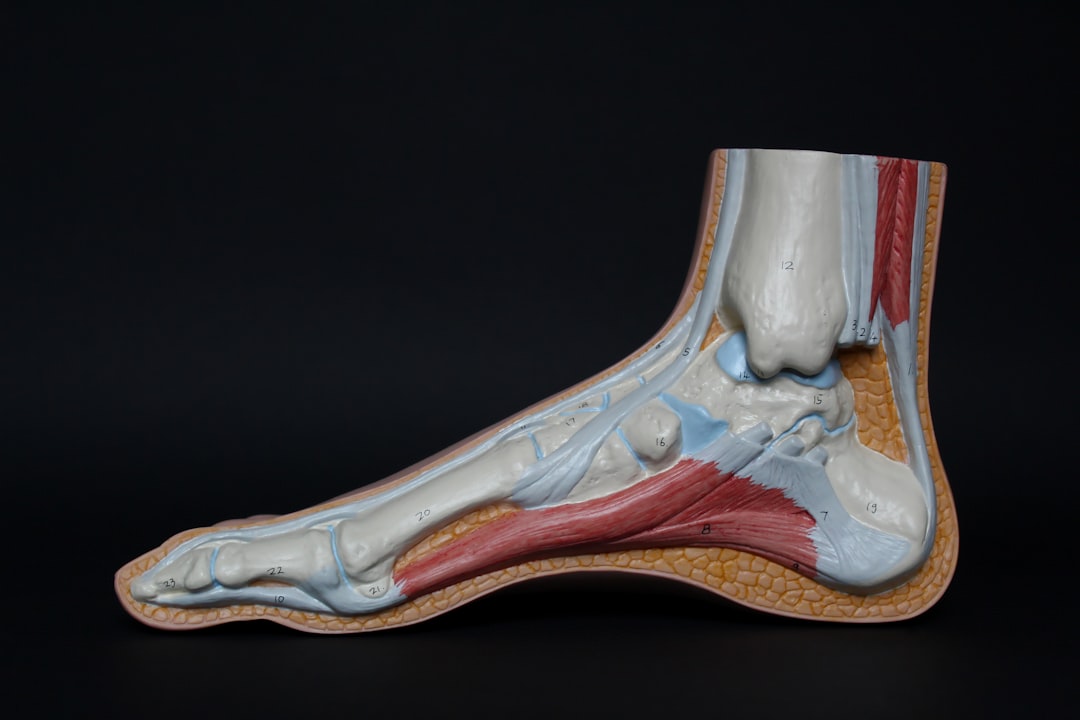What is it about?
The entorhinal and hippocampal cortices are important in spatial navigation. Entorhinal grid cells and hippocampal place cells play a key role in navigation. This article describes the GridPlaceMap neural model which proposes and simulates how grid and place cells may develop during navigation. It also proposes functional roles of attention and oscillations in the learning process.
Featured Image
Why is it important?
The GridPlaceMap neural model shows how specializations of neuronal mechanisms that are used throughout the brain can also control grid and place cell learning. Moreover, these mechanisms are parsimonious. For example, both grid and place cells can develop in networks that obey the same learning laws; linear and angular velocity are processed by homologous mechanisms; and spatial navigation ("space") and adaptively timed learning ("time") circuits obey similar laws ("neural relativity"),
Read the Original
This page is a summary of: Coordinated learning of grid cell and place cell spatial and temporal properties: multiple scales, attention and oscillations, Philosophical Transactions of the Royal Society B Biological Sciences, December 2013, Royal Society Publishing,
DOI: 10.1098/rstb.2012.0524.
You can read the full text:
Contributors
The following have contributed to this page










